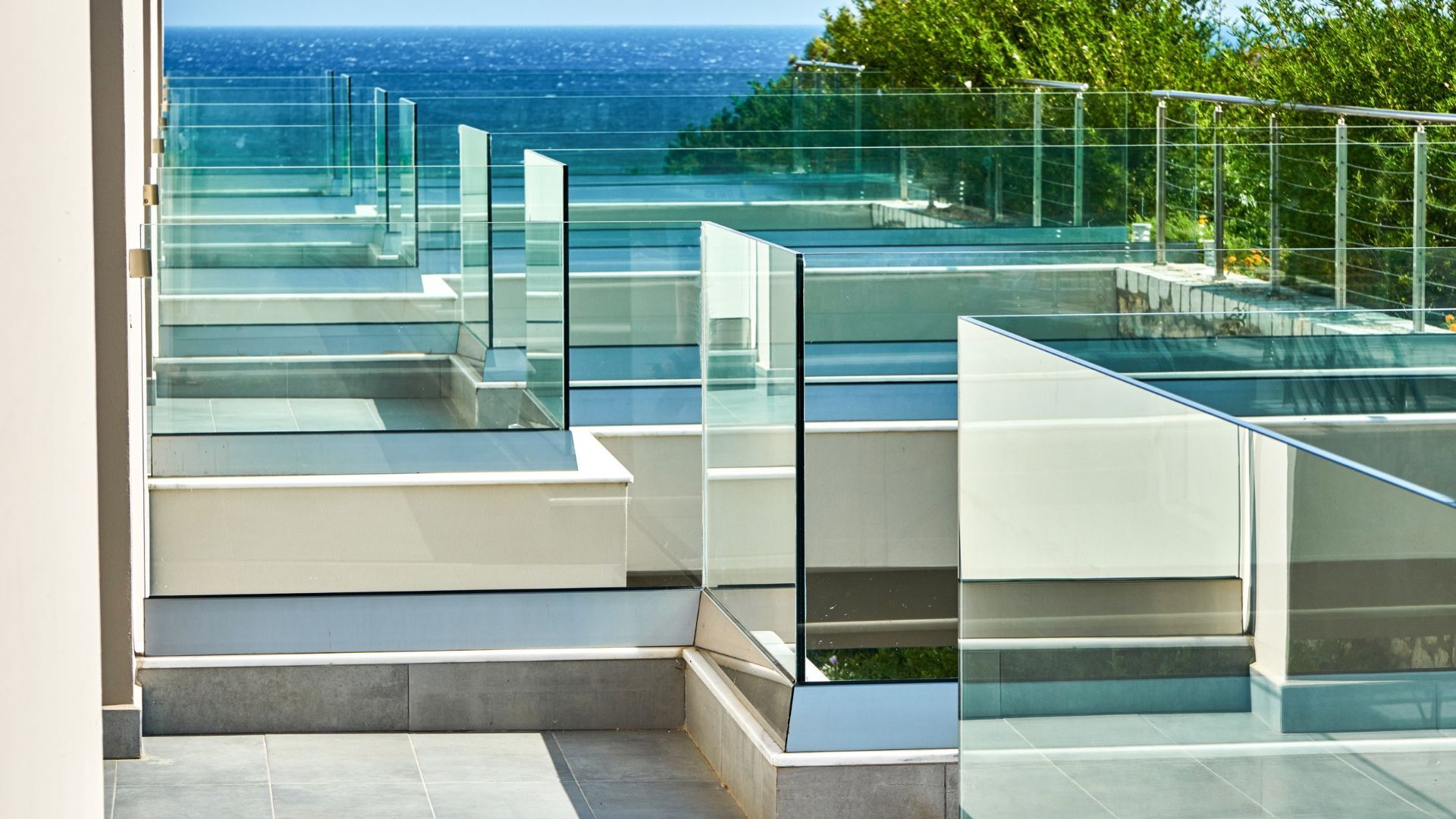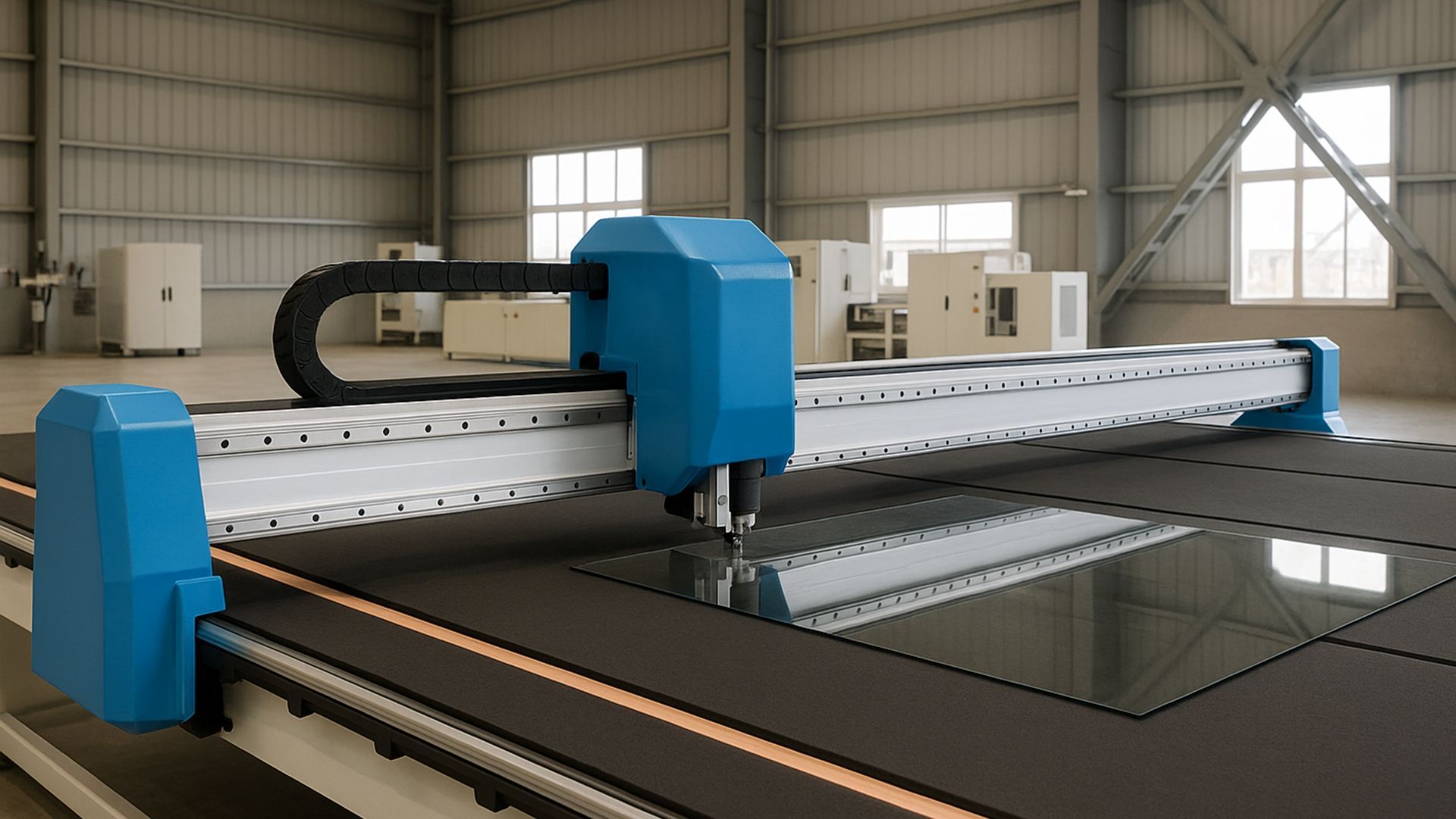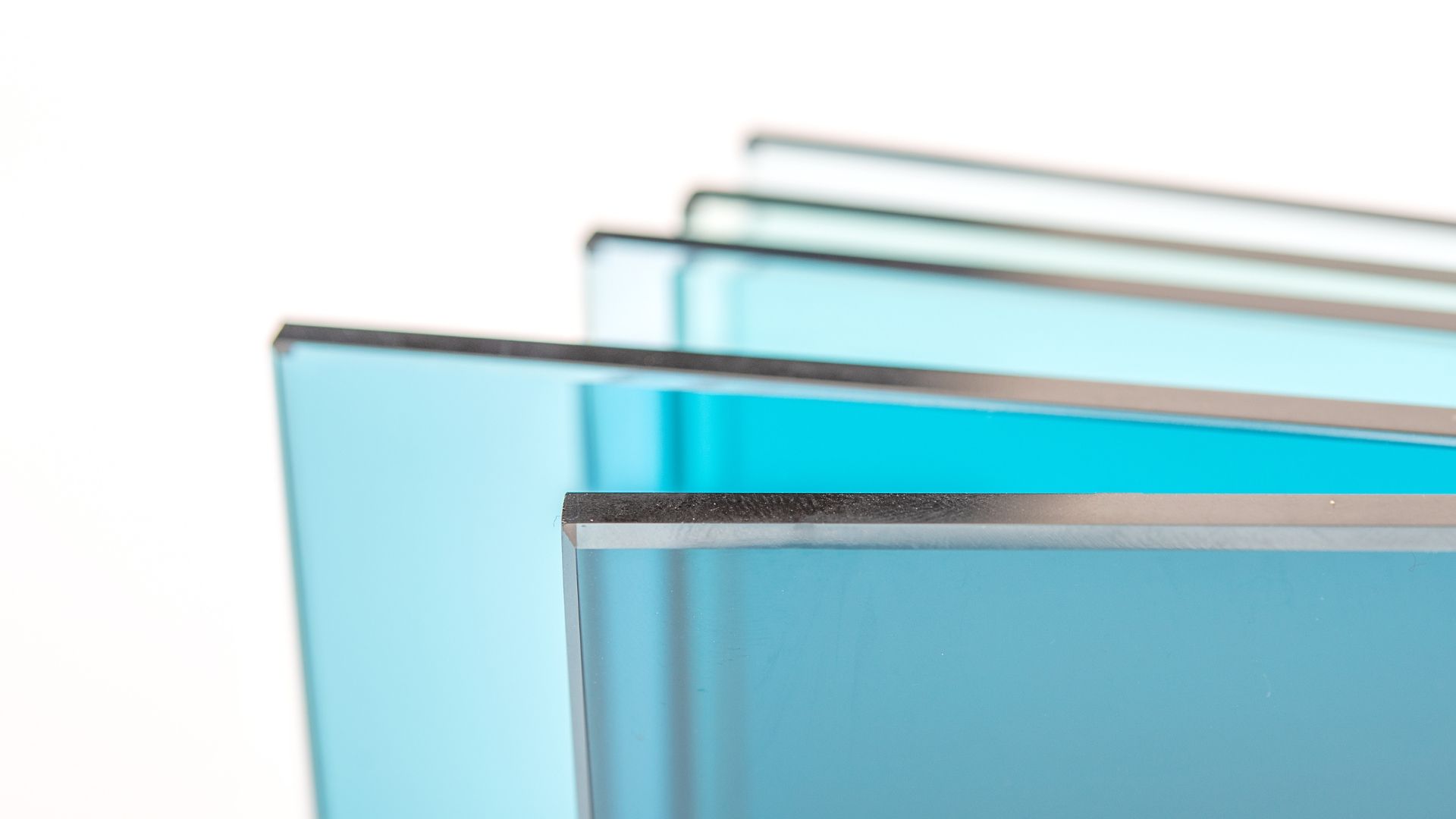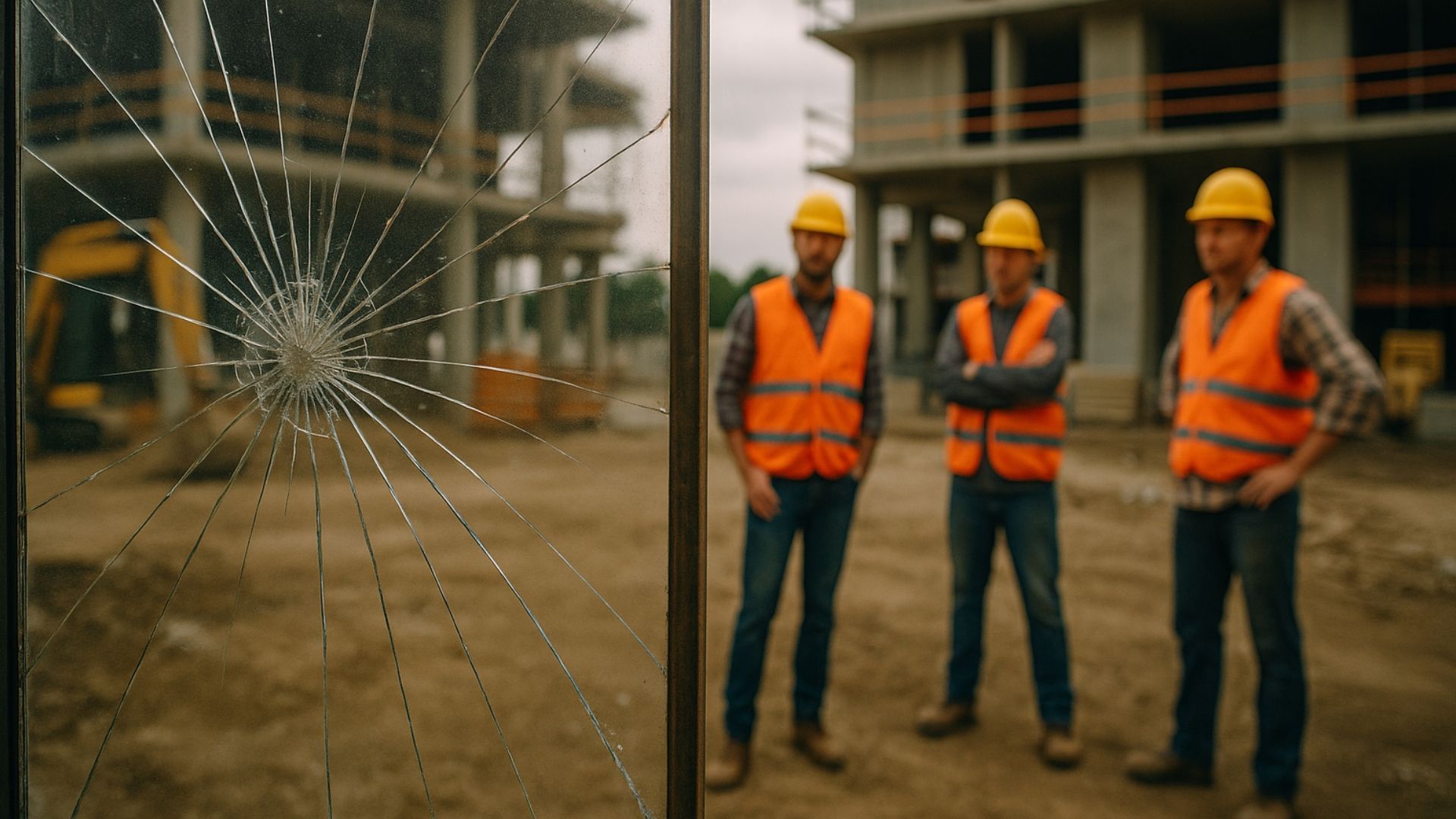A very brief history of glass
Share this blog:
How is glass made – and how has glassmaking changed over the years? Join us as we take a tour of the industry from Ancient Egypt to the present day.
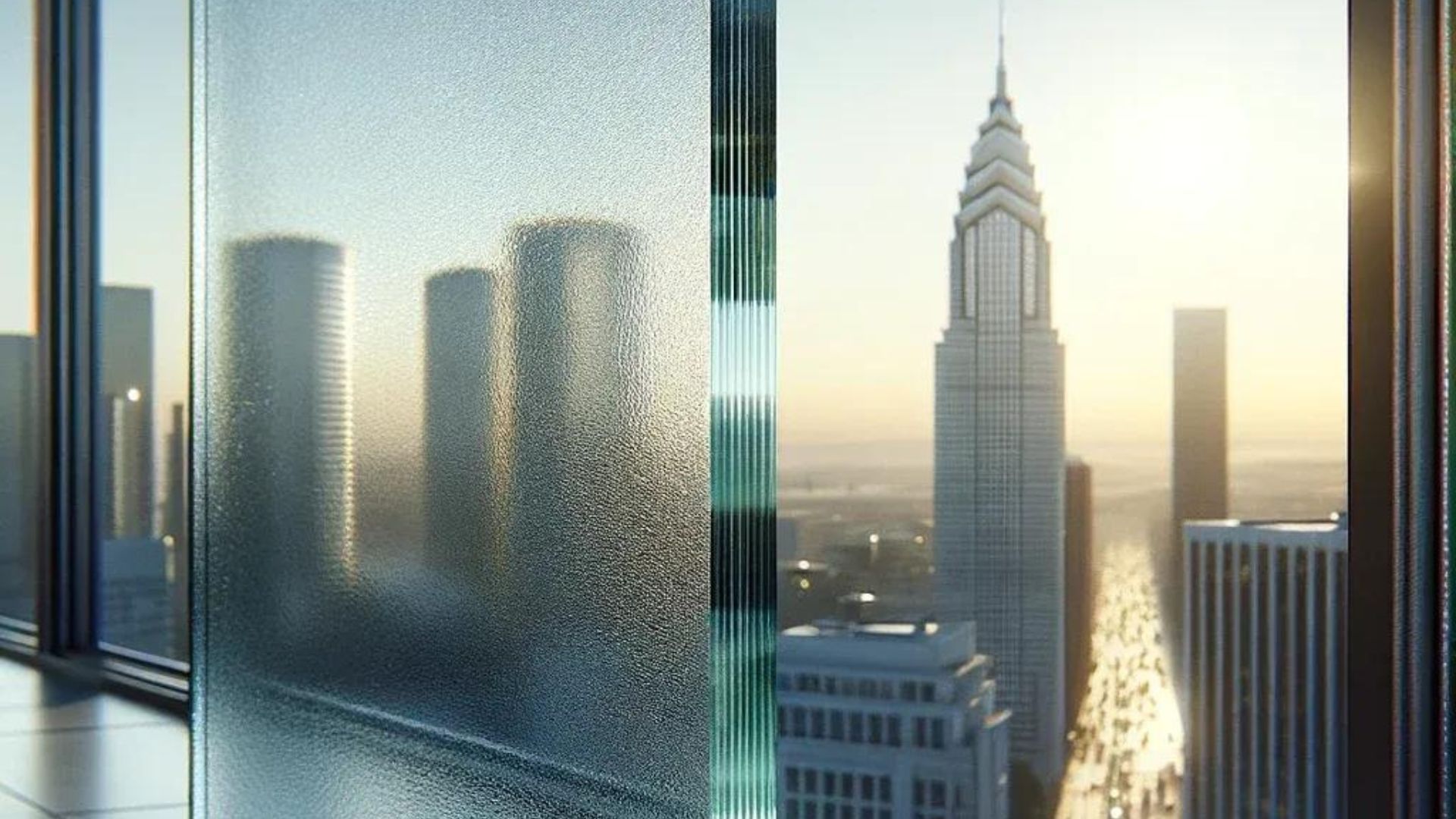
Like a lot of things in life, glass is something we take for granted. Most of us know what it is, sure – but when pushed, we're likely to mutter about sand and heat and quickly change the subject.
It's not just the manufacturing process that's a little obscure. The history of glass is also surprisingly niche, given how ubiquitous glass is in our daily lives.
At ToughGlaze, glass is our passion – and though we don't often say so out loud, we're proud to be part of a tradition that goes back at least to the first century BC.
Truly, we're standing on the shoulders of giants. Giants with blowpipes, furnaces and big ideas. Giants who discovered how to make coloured glass. Giants who pioneered the industrial processes we still use today.
In this article, we take a whistle-stop tour of two millennia of glassmaking.
So, where did it all begin?
The earliest glass artefacts
Naturally occurring glass is as old as time. Take the volcanic glass obsidian. This was widely used by Stone Age tool-makers and heavily traded because of its relative scarcity.
But the earliest known glass manufacturers hailed from Syria, Mesopotamia and ancient Egypt. Most of the oldest specimens are from Egypt.
The Romans were the first to manufacture see-through glass – some say so they could get a good look at the rich colours of their wine.

The Chinese, by contrast, were big on tea and didn't have much use for glass. That's why they developed porcelain: a material that could hold hot liquids without breaking.
Surprisingly, no glass was made in China for almost 500 years – but since the 19th century, it's become the world's largest producer.
But we're getting way ahead of ourselves.
Back in the day, glass was extremely hard to make. Furnaces were small and barely produced enough heat to melt the glass. This all changed with the invention of the blowpipe and the development of glassblowing techniques.
Glassblowing
Glassblowing was invented by Syrian craftsmen sometime between 27 BC and 14 AD – a 40-year period that revolutionised the process.
The underlying principle of glassblowing is that a molten blob of glass will expand when air is blown into it. Glassblowers create bubbles of glass with a blowpipe. There are two main ways to do this.
The first – and most commonly used – is called "free-blowing". This was the principal method from the first century BC to the late 19th century and it's still the method of choice for many contemporary artisanal glassblowers.

Essentially, the glassblower blows short puffs of air into the molten bit of glass. They're then able to inflate the glass into a blob and work it into shape. This method can be used to make everything from cups to vases to windowpanes.
Then there's mould-blowing, where a glob of molten glass is blown into a wooden or metal mould. This is less skilful but can produce no less beautiful results.
17th century
We fast forward to the 17th century for the next big advance in glassmaking.
This was when English businessman George Ravenscroft added lead oxide to molten glass. As well as improving its appearance, it became easier to manipulate.
This new malleability meant Ravenscroft was the first glassmaker to make clear lead crystal glassware on an industrial scale. Some of his products wouldn't have looked out of place on a 1970s dinner table.
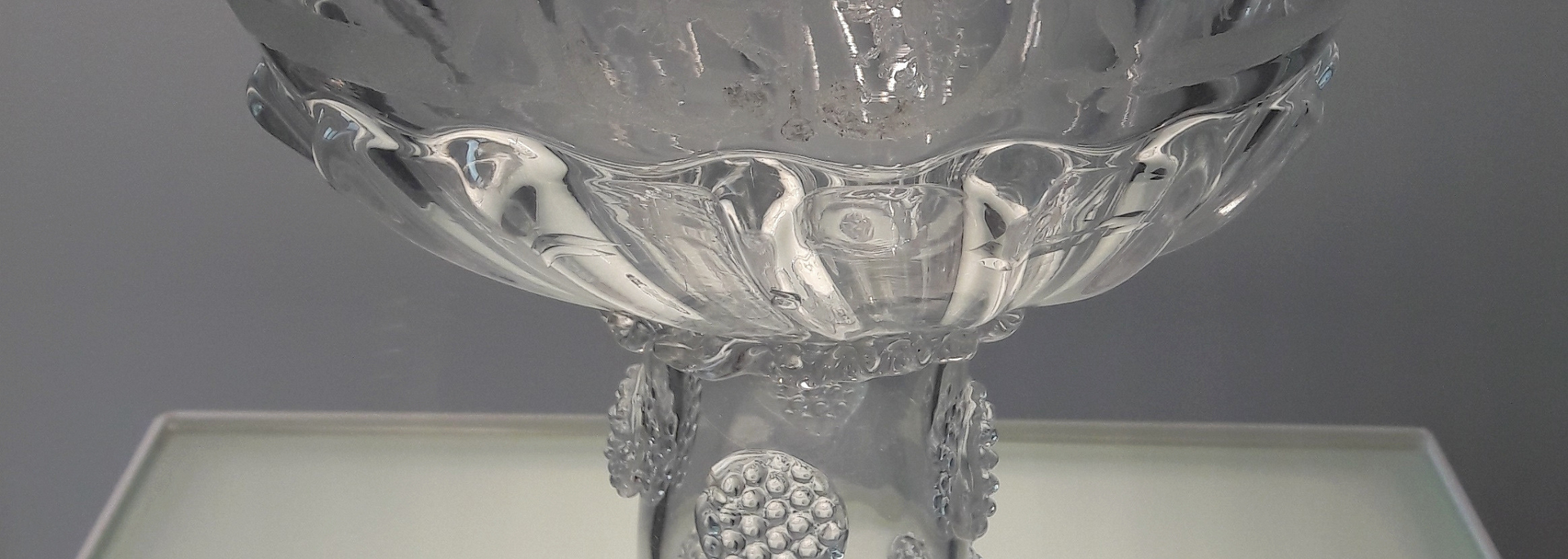
By this time, glass was cheap enough for ordinary people to have glass windows. Amazingly, this was a big contributor to the end of plague in Europe.
Why? Because homeowners and tenants were suddenly able to see dirt and vermin up close – and the response was fierce. Household hygiene improved massively.
Industrialisation
The use of glass as a building material was spearheaded by the construction of the Crystal Palace in 1851. This dramatic structure was built to house the Great Exhibition – a Victorian showcase for all things arts and culture.

This led to a huge boost in the manufacture of sheet glass, as well as the use of glass as a material for conservatories and orangeries.
Glass was mass-produced for the first time in Castleford, Yorkshire, in 1887. This semi-automated process could make up to 200 standardised bottles an hour.
A big name in 19th- and 20th-century glass manufacture is Pilkington – a brand that's still going strong.
In 1898, Pilkington invented wired cast glass, incorporating strong steel-wire mesh to create an early form of security glass.
And in 1959, Pilkington introduced a revolutionary new method of float glass production – a method which is still used to make around
90% of float glass.
Recent innovations
Another important 20th-century innovation was the manufacture of laminated glass. This is a strong, durable glass often used for car windscreens and building construction.
A plastic interlayer is sandwiched between two layers of glass. This means that when struck with force, it won't shatter like annealed glass.
Other recent innovations include energy-efficient glass and smart switchable privacy glass.
Energy-efficient glass is made by applying low-emissivity (low-E) coatings to glass. This drastically reduces the amount of heat entering or exiting the building where it's installed.
Switchable privacy glass, meanwhile, can switch from opaque to transparent when an electric current is switched on.
This is used in many settings for privacy, whether as a substitute for domestic blinds and curtains, office partitions or privacy partitions in healthcare settings.
ToughGlaze is one of the UK's leading suppliers of toughened glass, laminated glass and decorative glass solutions. For a quick quote or conversation with an expert, get in touch. We're here to help you get the right materials for the job.

